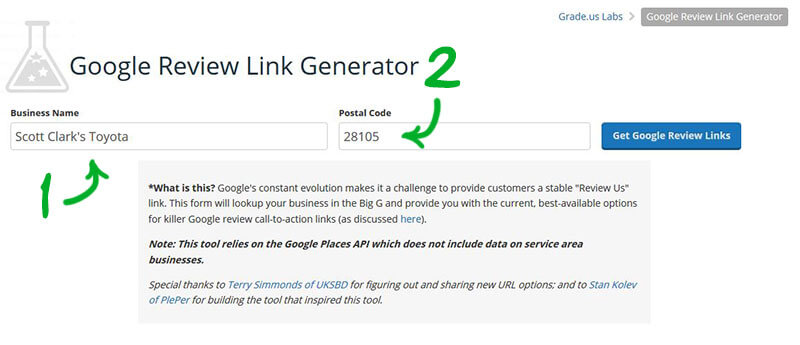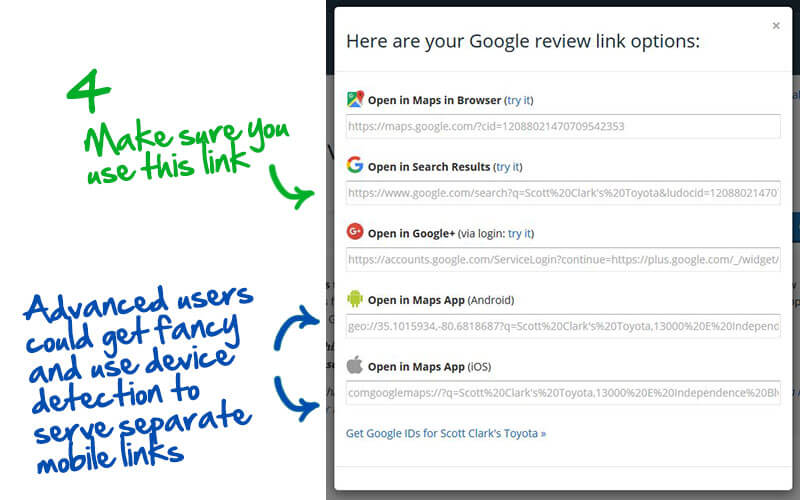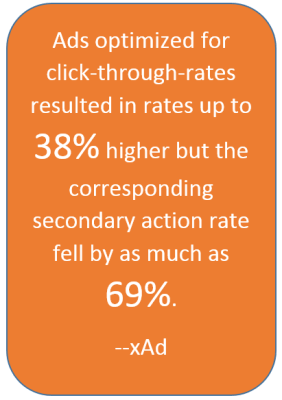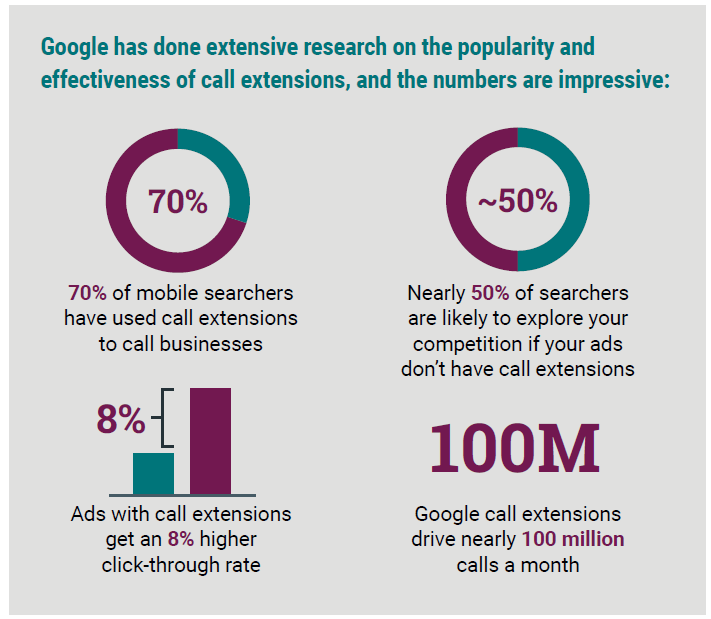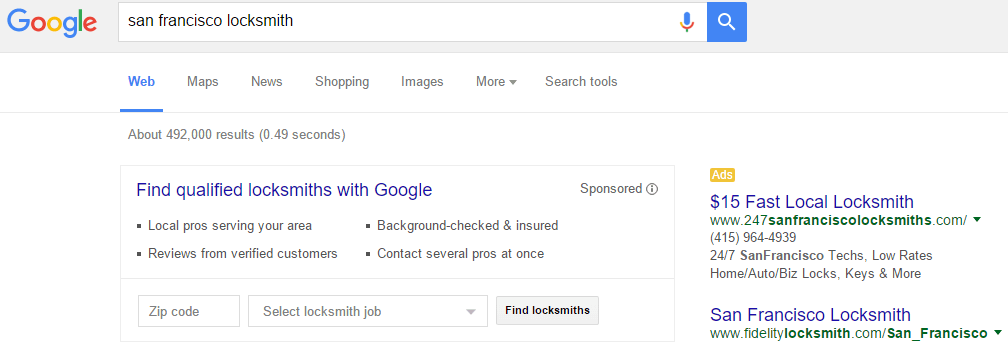
Launching a new site is always exciting for those involved. But it can also be intimidating, not least because it is so hard to predict how users and search engines will react to it.
Websites get redesigned, rebranded and migrated for all sorts of reasons, but stakeholders are always going to be interested in the traffic and revenue impact.
Having been involved with several site migrations, I have seen online businesses make the same mistakes time and again. This guide shows how to avoid the most common SEO and UX pitfalls when redesigning, re-platforming or rebranding a website.
When Things Go Wrong
When things go wrong, the main failure is often due to strategic mistakes that take place at the very early stages. Unfortunately, fixing these mistakes after the new site has launched can be very costly.
A site redesign is often seen as the golden opportunity to address multiple known problems that may have cropped up over the years. However, radical strategic shifts can be risky unless there is factual evidence or other signals.
And introducing too many major changes can sometimes backfire. Sites that undergo radical UX changes may end up with frustrated users that find it hard to familiarise themselves with the new site. Similarly, search engines may struggle to crawl, index and rank pages that have been updated or moved but not in an SEO-friendly way.
There are many factors that can hinder success when re-designing or migrating. Here are 12 top tips to make sure your site migration is a success:
1. Choose Clear, Realistic And Measurable Objectives
A common scenario is that a website gets redesigned because it feels dated, but the new site then fails to perform as well as the old site. The need to design a new site really should be backed up by evidence, e.g., organic search performance has been diminishing due to poor site architecture, CMS lacks certain features that will help increase user engagement, A/B split tests suggest that conversion rates can be improved further and so on.
It is also worth pointing out that the objectives should ideally take into account both SEO targets, such as retaining organic traffic levels or improving key rankings and user engagement targets, reducing bounce rate or increasing conversions. Why? Because the former affects traffic and the latter conversions, and there is no point in trying to improve one without the other.
Examples of SEO objectives include retaining or increasing organic traffic levels and retaining or improving key rankings. And examples of measurable user engagement objectives include increasing user engagement, reducing form dropoffs and reducing exit rate on key pages.
Choosing measurable objectives will also make it possible to define the ideal success metrics.
2. Be Aware Of Your Strengths, Weaknesses And Limits
Each site migration is unique and needs to be treated with a lot of thought and attention. Defining realistic objectives requires good knowledge of your site’s strengths and weaknesses, as well as an in-depth understanding of the competitive landscape. It would be unrealistic to expect organic traffic levels to increase as a result of a site migration if you are competing with bigger and more established brands in a very competitive vertical.
Failing to take the strengths and weaknesses of the online competition into consideration can easily lead to setting unrealistic objectives. Growth in saturated niches can be challenging, and the decision to go ahead with a site redesign needs to balance both the pros and cons.
One thing to bear in mind is that growth is very likely to be the main objective across all your competitors. Make sure you are realistic about your true position in the market. Are you really in a position to challenge your competitors? If not, then investing in a new site is unlikely to yield much return.
3. Take A Data-Driven Approach
Taking a data-driven approach will help you make better design and UX decisions. Analytics data can help identify things such as high- or low-traffic pages, popular or problematic user journeys and the best or worst-performing calls to action.
A data-driven approach will help to prioritise the areas that need to be improved and safeguard the ones that are already performing well.
4. Find The Right Balance Between UX & SEO
For most websites, it is essential to try and find the right balance between UX and SEO. Too great a focus on UX may result in a dip in rankings and traffic, whereas focusing exclusively on SEO can easily hinder user engagement.
Site redesigns led by UX teams often see their organic traffic levels suffer after the new site goes live. On the other hand, site re-designs led by SEOs often see their conversion rates being reduced. In both cases, revenue goes down, and the outcome of the site migration is negative.
Finding the right balance between UX and SEO is essential so you don’t risk losing your hard-achieved rankings or your most loyal customers.
5. Encourage Team Synergies
Site redesigns often involve several individuals or even teams with different objectives and goals: content strategists, UX and CRO experts, web developers, SEOs and data analysts, to name but a few.
Failing to work collaboratively on such a complex project will invariably lead to problems, as one team’s actions may well hinder the goals of another. Similarly, letting one team lead a site migration project (e.g., IT or marketing) can be very ineffective.
The ideal is to establish and encourage a much more collaborative approach between all involved parties as this will help the business meet its objectives.
All teams should be encouraged to feed into the project so they all contribute to the decision-making. In large organisations where a site migration can take several months, building up a multi-disciplinary team can be very beneficial.
With so many different parties involved, effective project management will play a pivotal role in the success of the site migration. With so many dependencies between the different activities, project management can be challenging, but it is vital in making sure each party is delivering what is expected on time.
But because things do not always go as planned, a certain degree of flexibility is also necessary, as long as key deadlines and milestones aren’t hindered. Site redesigns or migrations that don’t involve experienced project managers are prone to failure.
6. Evaluate The New Content Strategy
When not well-thought-out, content strategies can condemn a site migration to failure. The decision to move, remove or consolidate a significant portion of a site’s content without thinking about the consequences on UX and SEO is a classic mistake.
A new content strategy can significantly influence a site’s information architecture, page structure and internal linking. Therefore, it can have a big impact on the various user journeys but also on how search engines crawl the site’s pages.
To avoid coming across nasty surprises later, content strategies need to be discussed and evaluated at a very early stage and before moving into production. The SEO and UX teams should consider the pros and cons of the suggested content strategy, flag any potential issues and make recommendations where necessary. Forecasting traffic loss or identifying user experience flaws at this early stage will be much more beneficial than dealing with these potential issues after the new site has gone live.
7. Test New Design And Features With Real Users
It is surprising how many sites get redesigned or rebuilt without performing any user testing ahead of the launch. Relying on best practice and common sense alone can be quite risky.
There are many ways to make sure that the new design, taxonomy, site navigation or other essential features are right. First and foremost, user testing needs to be carried out by users who fit the demographics of the site’s real audience.
Large organisations should invest time in testing with real users, whereas smaller ones can get away with remote online user testing, which is very cost-effective. Identifying usability issues in the user journey during the design phase is essential so that any problems can be addressed and resolved before the new site goes live.
8. Find The Right Time To Launch
The agreed timeline needs to be realistic so that it doesn’t act as an obstacle later. A common mistake is to come up with a very tight deadline for going live, without leaving any time to deal with unforeseen circumstances. Site migrations hardly ever go as planned; according to a Forester study the average delay for replatforming projects is 4.2 months. Therefore, factoring in some additional time during planning will almost certainly pay dividends.
Another common mistake is to plan the new site launch close to a business-critical period. For example, retailers should avoid launching a new website anytime between September and December so they do not hinder their site’s performance before the busy pre-Christmas sales period.
9. Be Realistic With Budget And Resources
Budget and available resources always play a big part in the success of a site migration or redesign. Underestimating the amount of work required to have everything ready for a risk-free site launch can have a negative impact on the success of the site migration.
You need to be realistic about what you can achieve with the available budget and resources, but you should always secure some additional budget that could be released to deal with any unforeseen circumstances that may occur. Reducing the scope of the project to keep it on budget can be risky, depending on which activities are left out.
10. Test New Platform Capabilities And Address Weaknesses
Platform or build limitations where moving from one platform to another can impose certain technical limitations; for instance, certain features may not function in an SEO or user-friendly way right out of the box.
An extensive technical SEO and UX audit needs to be carried out during the very early stages, so any technical obstacles are identified and assessed by the SEO & UX teams. If any of these issues are likely to have a big negative impact, they will need to be addressed by the development team prior of launching the new site.
Human error is unavoidable, but testing the site’s technical implementation on a staging server can help with spotting and fixing them before launch. It is worth delaying the new site launch by a few days or even weeks, rather than risking some of your site’s revenue.
11. Make Sure The New Site Is Well Optimized
Launching a new site that is poorly optimised will certainly result in traffic loss. Poor optimisation often comes down to very simple mistakes. Time pressure is a very common reason for the optimisation of a site to be overlooked — a deadline has come and gone, and you need the site to go live. But going live without the best possible optimisation is a mistake.
Lack of expertise is another common reason for site migration failure. Google’s documentation on this subject matter is insufficient and cannot meet the unique requirements and characteristics of every single site.
Complex site migrations can be very challenging because of the number of ranking signals that change overnight. An experienced site migration specialist should be able to come up with a tailored site migration process but also needs to make sure that any potential issues are identified as early as possible.
Predicting how users or search engines will react to a site redesign can be challenging, and relevant experience on this subject matter can be invaluable, so if things do not go as expected, a well-thought-out recovery plan is in place.
12. Benchmark Everything To Measure Success
To be able to measure the success of a site migration some preparatory work needs to be carried out before the new site goes live.
Benchmarking is essential and needs to be as extensive as possible and cover as much as possible:
- Keyword rankings
- User behaviour
- Traffic levels
- Conversions
- Backlink data and metrics
- Crawl errors
- Indexation levels
- Crawl rates
- Site performance
A lot of the above data will no longer be available after the new site has gone live. Missing any of these will just make it difficult or even impossible to measure the success of the new site.
Useful Resources:
The post Site Redesign & Migration Tips To Avoid SEO & UX Disasters appeared first on Search Engine Land.



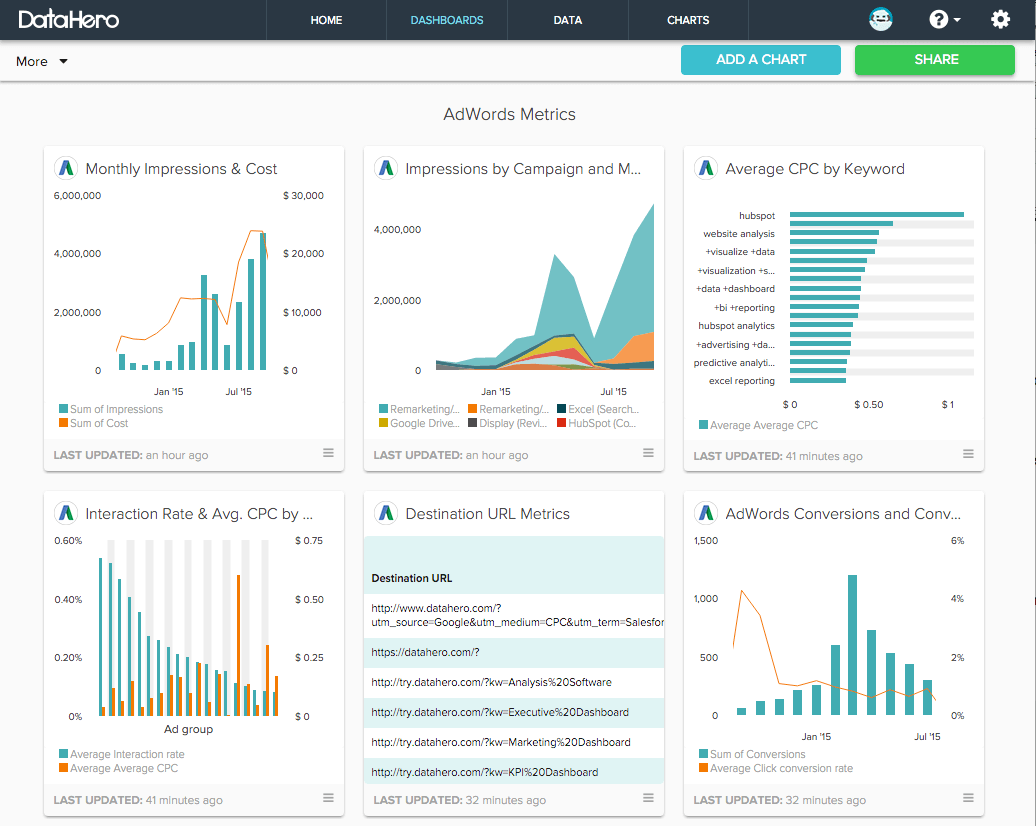 AdWords reports include data on campaign, ad, keyword and search queries, landing pages and geographic performance results. Users can dig into each report to get more granular data on specific elements.
AdWords reports include data on campaign, ad, keyword and search queries, landing pages and geographic performance results. Users can dig into each report to get more granular data on specific elements.



